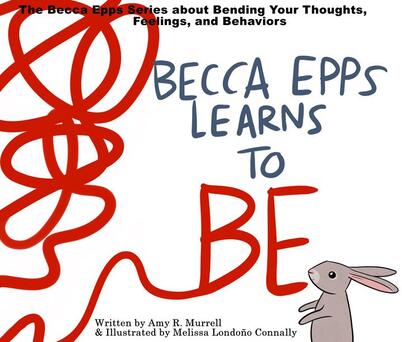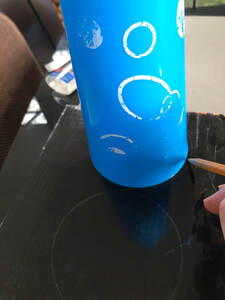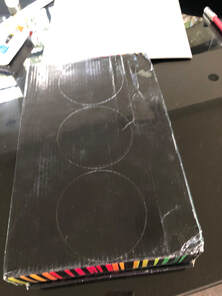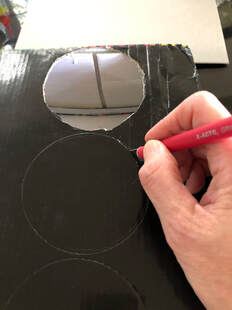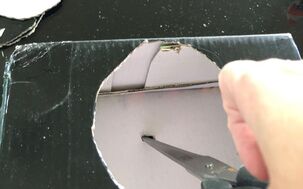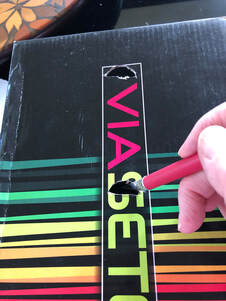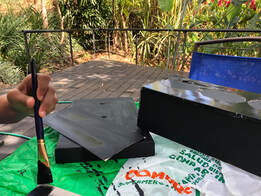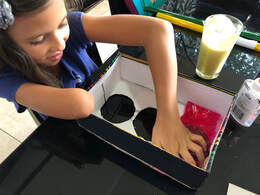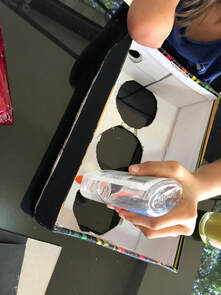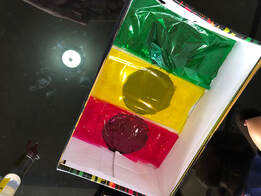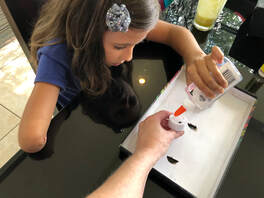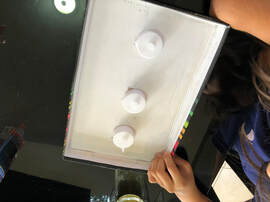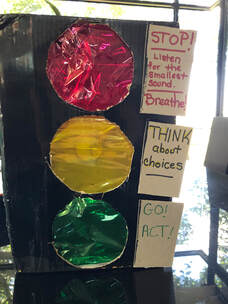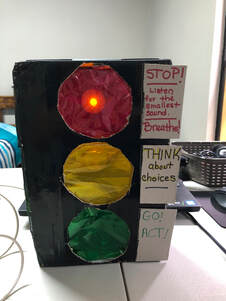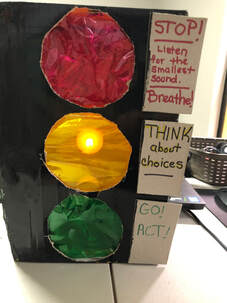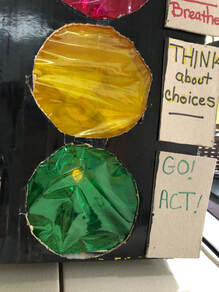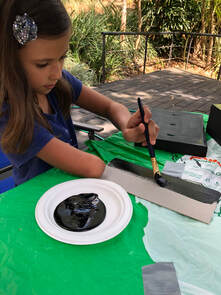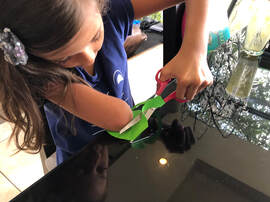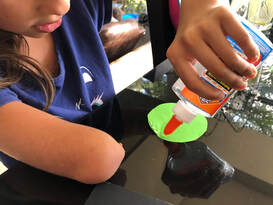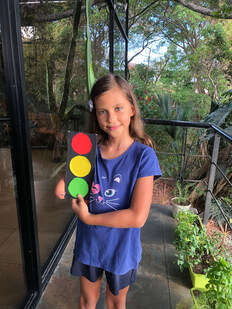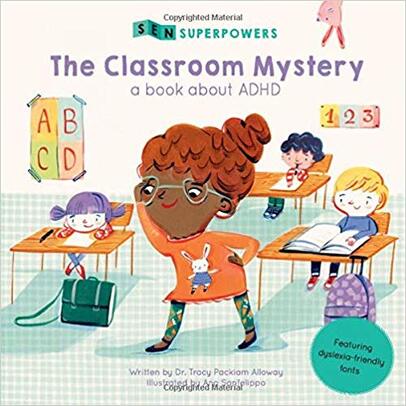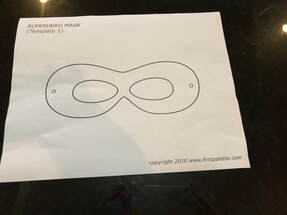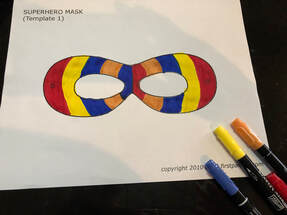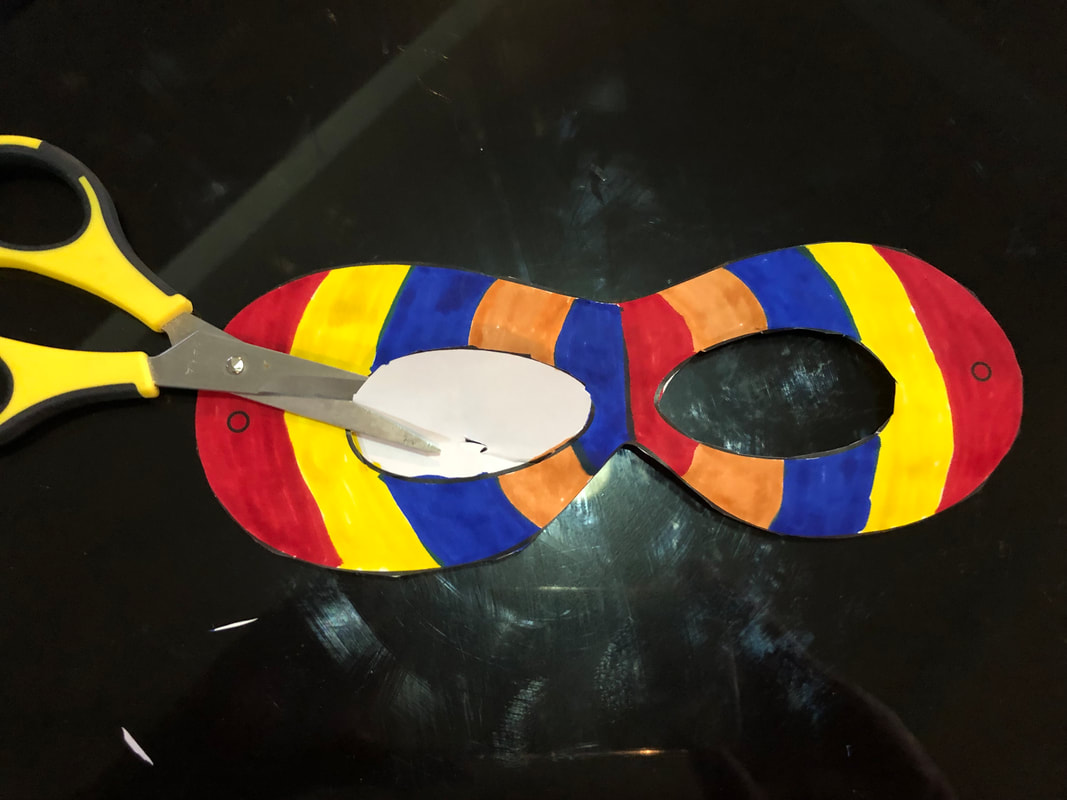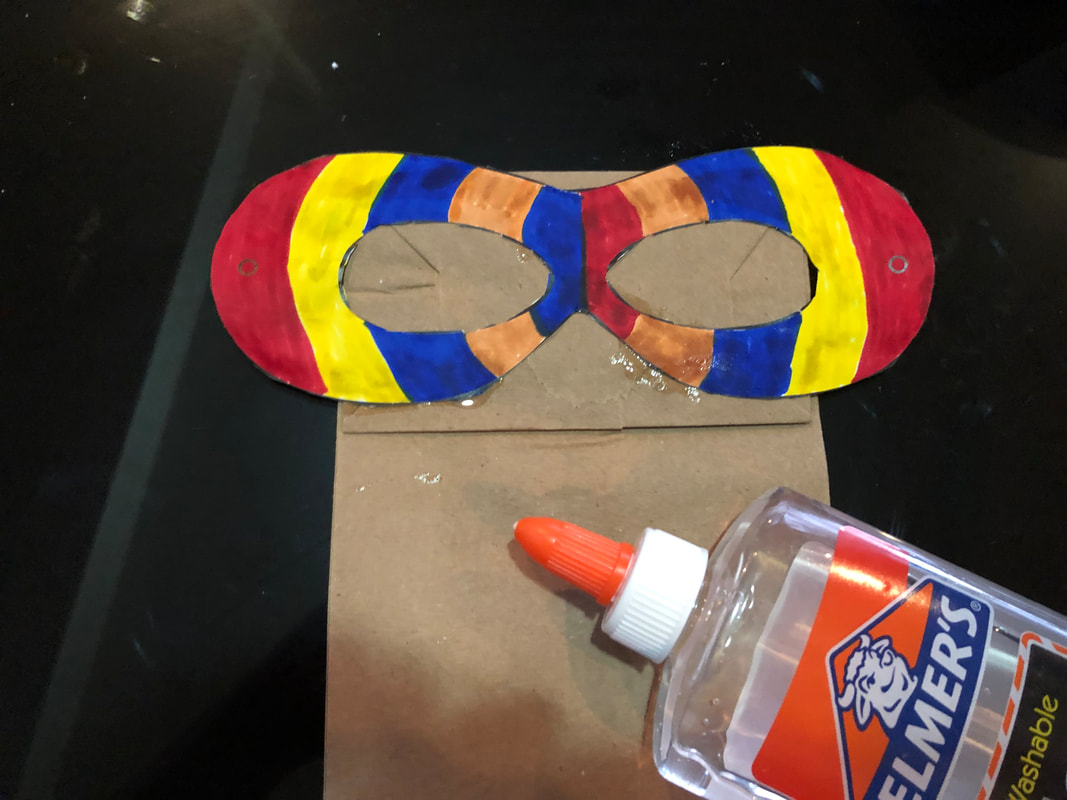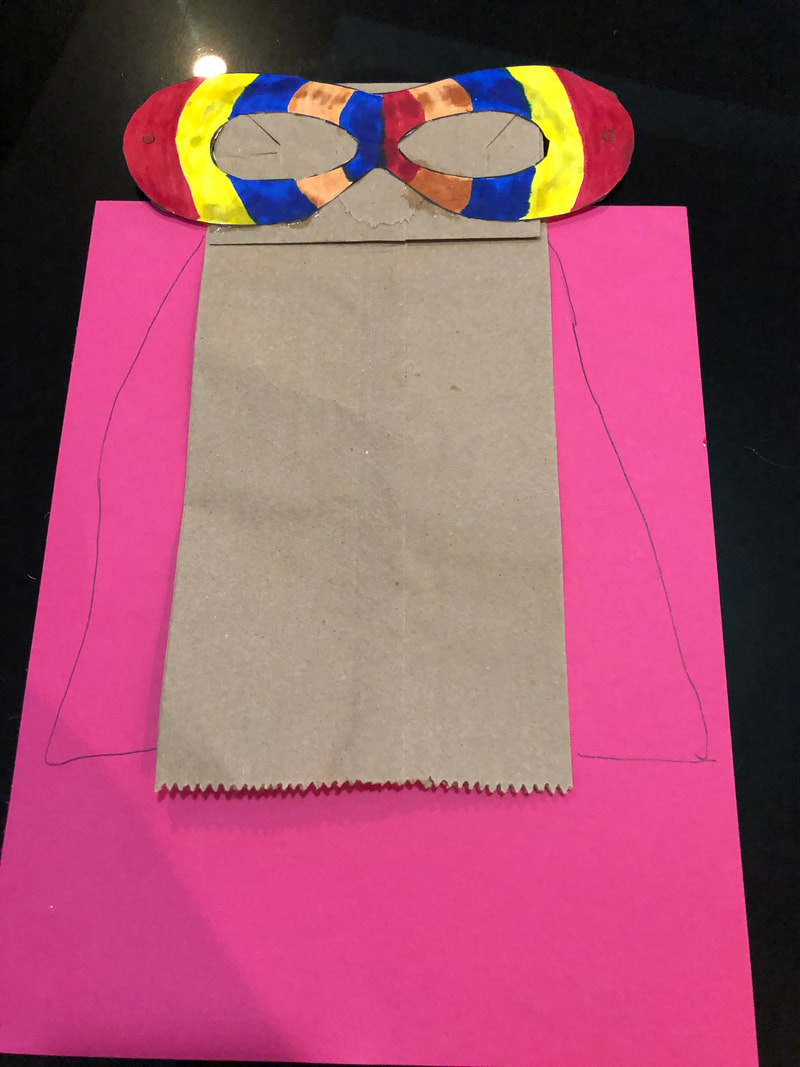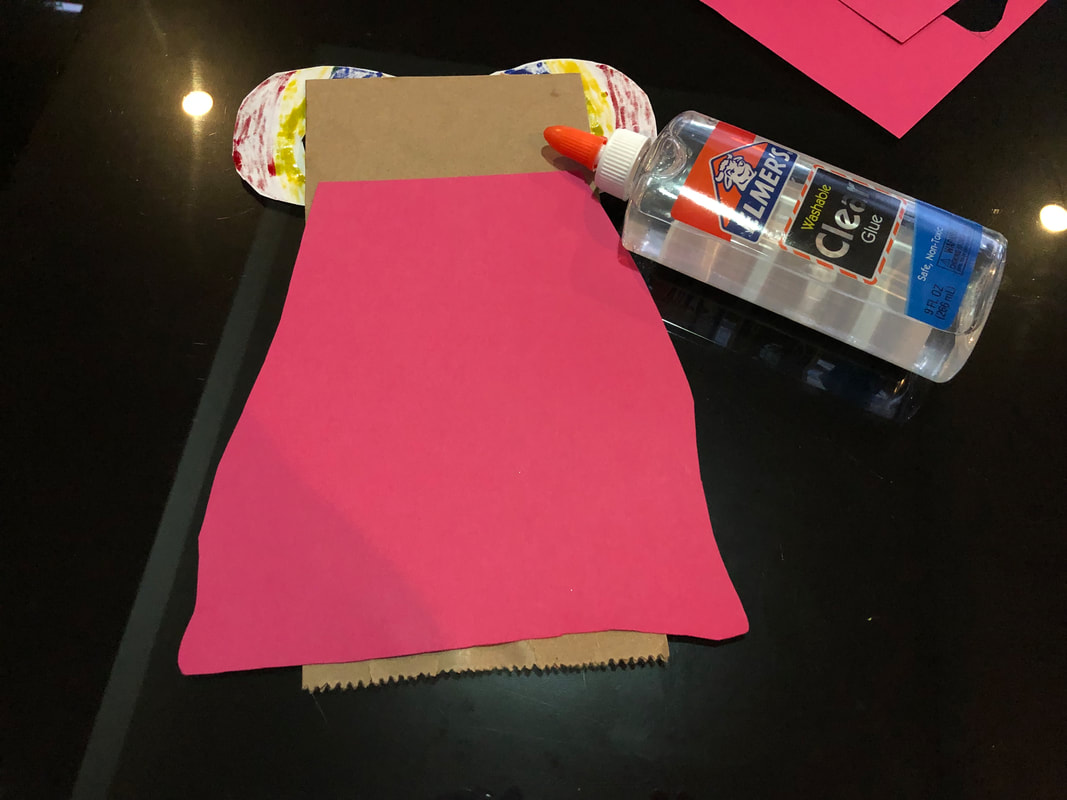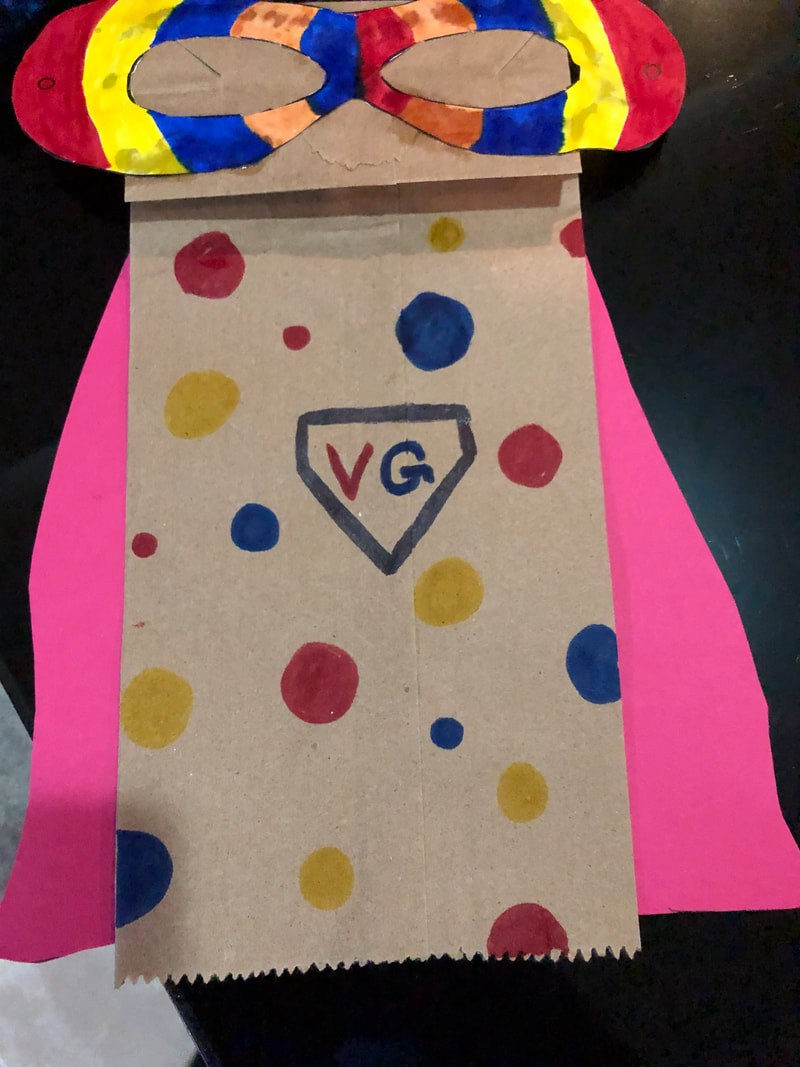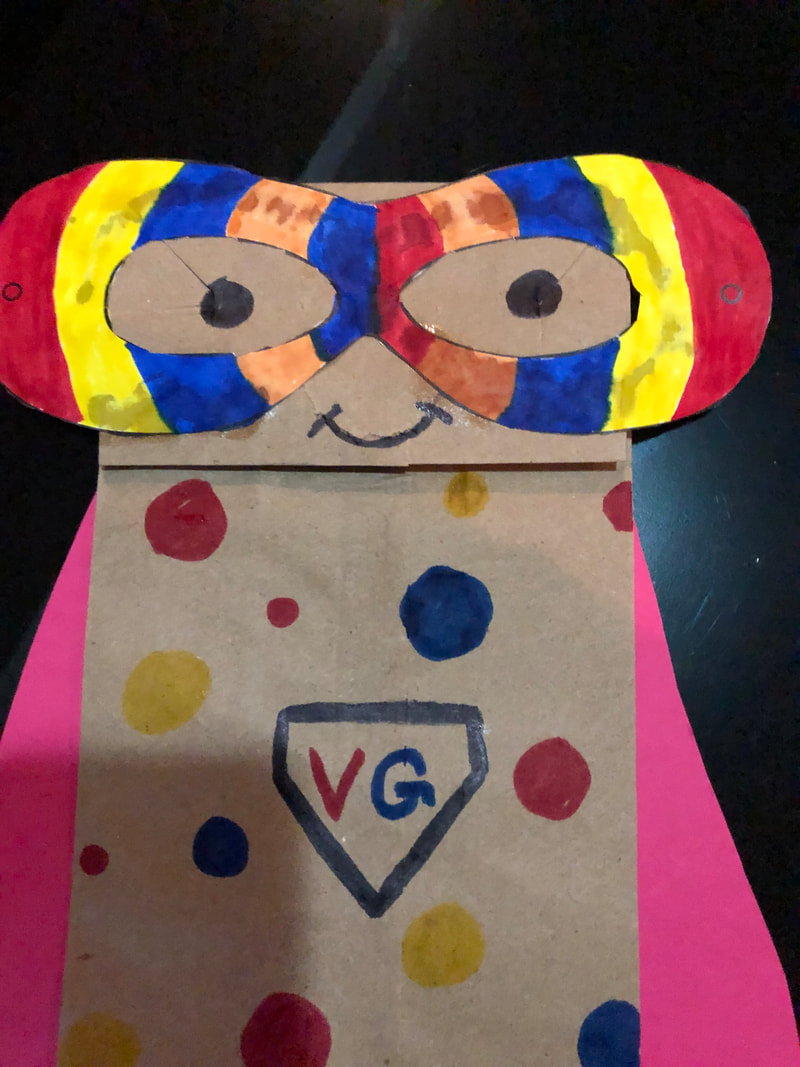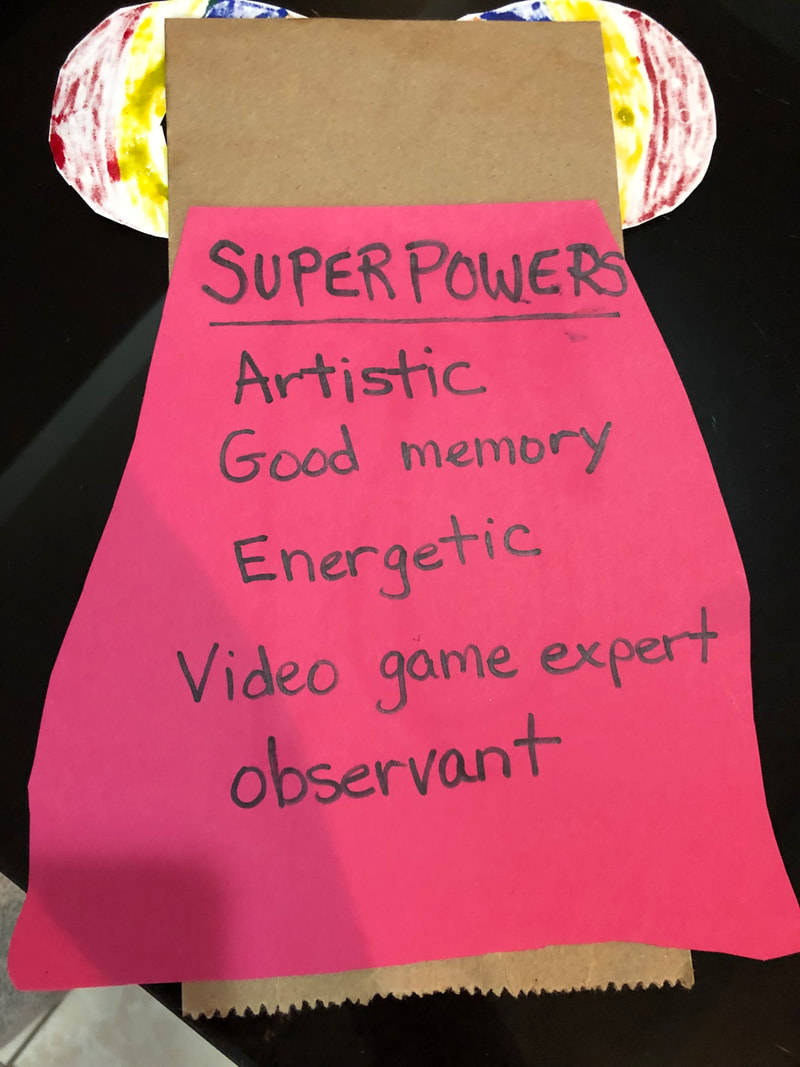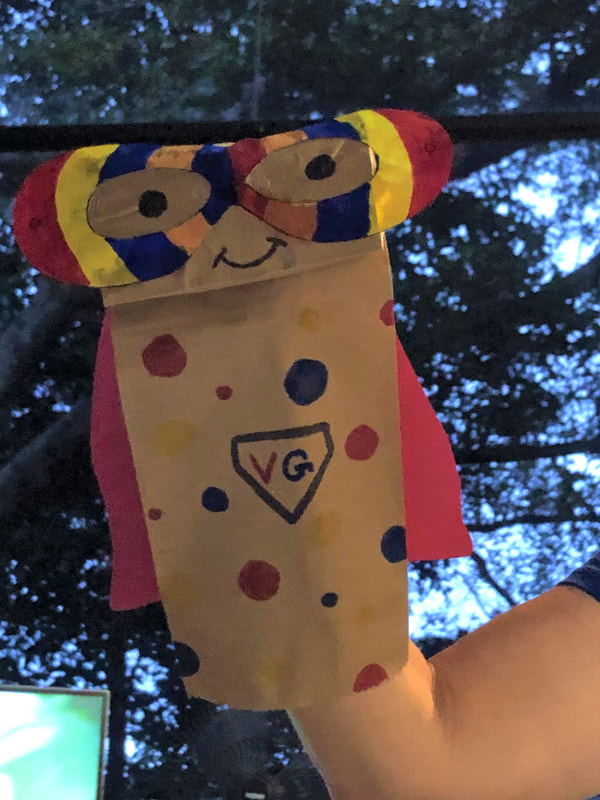A Book Review of Becca Epps Learns to Be
Becca Epps Learns to Be focuses on behavioral issues typically associated with Attention Deficit Hyperactivity Disorder (ADHD), however, the issues and behaviors within the story can relate to all children at one time or another. Children struggling with ADHD types of issues will surely relate to Becca. Through Becca, the author clearly captures the workings of the ADHD mind, with the tendency to act on impulse, daydream and become overwhelmed easily. Despite these issues, Becca is presented as a likeable character with her spirited personality shining through. This book is packed chock full of coping strategies, which are part of the ACT therapeutic process. The coping strategies presented relate to mindfulness and can benefit all children, and adults alike. The first strategy demonstrated is one that I've used often in my practice and find very helpful. It is the stoplight strategy, which is a great visual self-control tool to assist kids in slowing down to think before they act. Many strategies for focusing on the moment and paying attention to your body are modeled by Becca and presented in a child-friendly way. The book realistically addresses the difficulty in focusing your mind on these strategies and carrying them through. The illustrator, Melissa Londoño Connally, captures Becca's spirit and energy throughout the book. Becca is depicted as a character in the older age ranges of a picture book. Therefore, this book can be used therapeutically for a broader age group ranging from 4 to 11 years old. Ms. Murrell provides a wealth of helpful information at the end of the book, including a note to adults, discussion questions and further activity ideas. This book will be a very helpful addition to your therapeutic, home or classroom library. Check it out and purchase here, along with other helpful books in the Becca Epps series. ***I have an exciting announcement this month! I am going to feature, Amy Murrell, the author of this book, in an interview at the end of the month! She has reviewed research extensively on the benefits of bibliotherapy and will share with us her findings, as well as share more about her book series. Check back at the end of the month for this exciting and informative interview!*** I have provided an activity idea below based on the stoplight self-control strategy presented in the book. Activity Idea for Becca Epps Learns to BeThe most important activity to go along with this book is to practice the mindfulness exercises presented. If you practice these skills with the child often when they are calm and attentive, they are more likely to use them at times when they are most needed. Make these strategies a part of your routine! Materials needed: -shoe box -cardboard or heavy paper -black paint -glass to trace circles -Sharp scissors - X-acto knife -strong glue -Cellophane in red, yellow and green(or tissue paper can work) -flameless tealight candles -3 ***I got a little over-excited and extravagant with this project! You could also simply use a piece of cardboard, glue on 3 circles cut from construction paper for the lights and move on from there! This might work much better for the younger kids.
2 Comments
A Book Review of The Classroom Mystery; a book about ADHD.
ADHD is the most commonly diagnosed Behavior Disorder in children under 18 years of age. It is also the most over-diagnosed disorder, as many disorders of childhood present with similar symptoms. Hyperactivity, distractibility and impulsiveness can be present in many other disorders including Post Traumatic Stress Disorder, Anxiety Disorders, Autism and budding Bipolar Disorder. Therefore, it is important to obtain an evaluation by a mental health professional who explores the child's developmental and family history. The professional should also obtain detailed feedback from parents and teachers, along with doing careful observations of the child. Despite the complications of diagnosis, ADHD is real and creates much difficulty for the child at home, in the classroom, and often, in the community. ADHD frequently overlaps with other disorders including Oppositional Defiant Disorder, Learning Disabilities, Sensory Processing Disorders, Anxiety and Conduct Disorder. This is another reason it is difficult to diagnose as there are often multiple things going on. One of the most common side effects with children with ADHD that I have noticed in my practice, is the repeated negativity they receive in all settings. Their behaviors can be very trying on adult caregivers and teachers which often leads to significant negative feedback. They often become scapegoated by their peers and are often in trouble. This leads to poor self-esteem in addition to all of the other issues. This book goes a long way in helping that issue as it celebrates the positive attributes of children with ADHD. Izzy, the main character, presents with many problems in the classroom, including getting hyper-focused on a thought, difficulty focusing on the current discussion, an inability to sit still, making distracting noises such as tapping foot, drumming fingers, snapping her hair clip, humming, etc. She also climbs on her desk and while doing so, all of her books crash to the floor disrupting the whole class. Many parents and teachers can relate to observing these behaviors! However, there was a problem in the classroom with the pet rabbit's food disappearing and this is what Izzy cannot get off her mind. Due to her good problem solving skills, a very strong working memory, and a particularly strong interest in the missing food, Izzy is able to be a leader with problem solving and presents as the classroom hero as she is able to solve the mystery of the rabbit food thief! Her great memory and problem solving skills are her SUPERPOWERS. This is an excellent book for kids with ADHD to read to gain awareness of their ADHD issues. The main takeaway from the book is to point out that ADHD kids, like all kids, have many strengths and can contribute a great deal of positive to the world around them. These strengths need to be acknowledged and highlighted. Dr. Alloway offers a Note to Parents/Teachers at the end of the book providing much information on ADHD. She also provides Discussion Points for the reader to help kids increase their comprehension and personal awareness. The Classroom Mystery; a book about ADHD is part of the Superpowers Series celebrating positive traits associated with common Special Educational Needs. All of the books in this series are printed in "dyslexia-friendly fonts" to make it easier for children with learning disabilities to read. Three other books in this series are being released soon by this author. Check out her website at https://tracyalloway.com! For more information on ADHD, a great resource to refer to is http://www.chadd.com. Activity Idea for The Classroom MysteryAfter reading the book, why not have kids identify their own SUPERPOWERS?! Making a SUPERHERO PUPPET would make this exercise especially fun! This activity can be beneficial for all children, not only children diagnosed with ADHD. Materials needed: paper bag mask template white cardstock construction paper or cardstock-various colors crayons/markers black marker scissors glue
|
Follow me on Twitter, Pinterest and LinkedIn
Categories
All
|
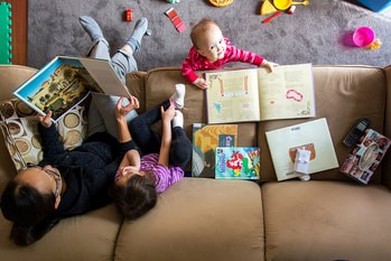
 RSS Feed
RSS Feed
